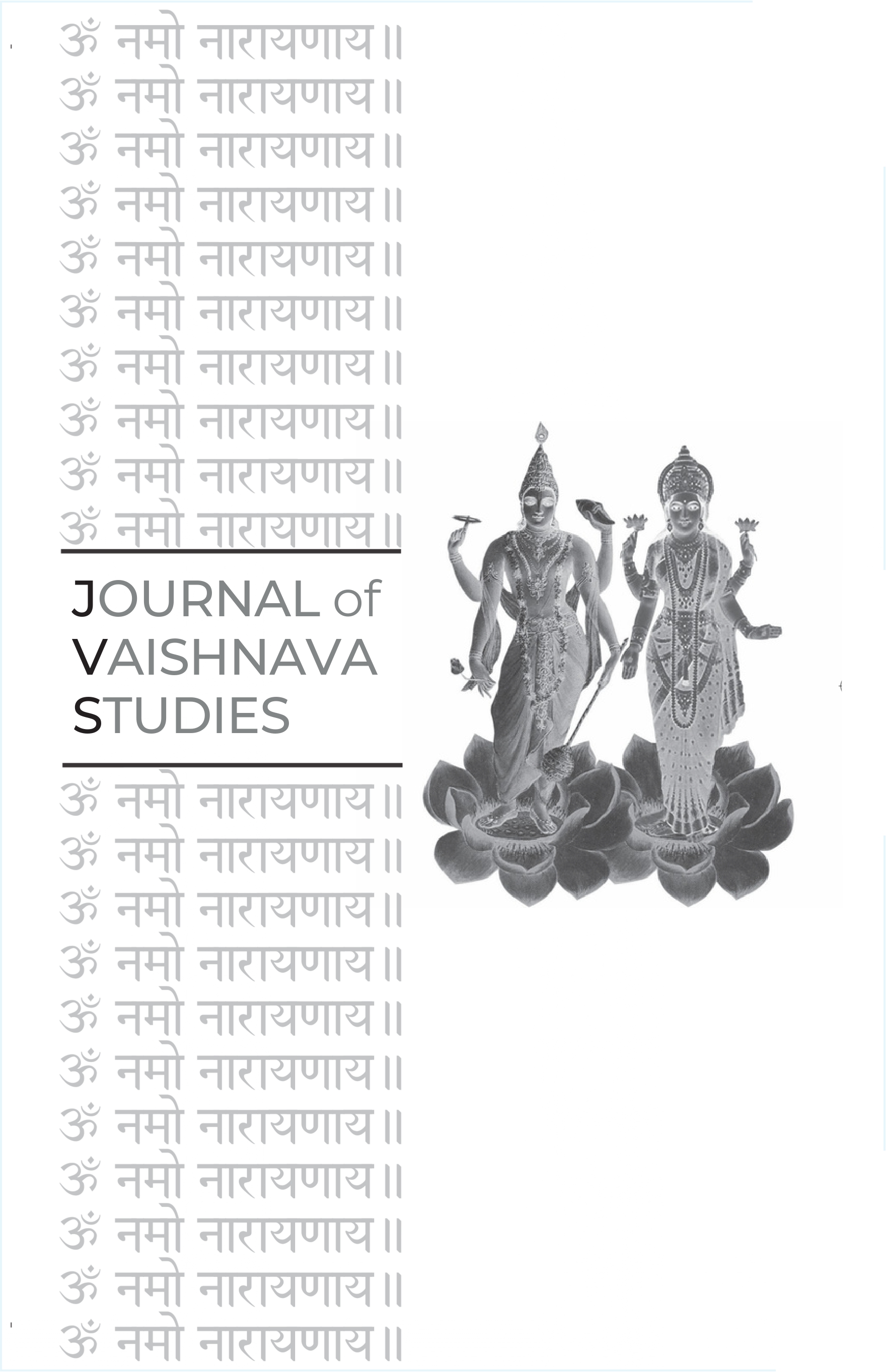Walther Eidlitz’s Embrace of Chaitanya Vaishnavism
Keywords:
Walther Eidlitz, Gaudiya Vaishnavism, Conversion, Bhakti-yoga, Sadananda, Swami Bhaktisiddhanta Sarasvati, Religious experience, Spiritual transformation, Western Vaishnavism, Hare Krishna MovementAbstract
The article "Walther Eidlitz’s Embrace of Chaitanya Vaishnavism" by Ferdinando Sardella examines the spiritual journey and "conversion" experience of Walther Eidlitz (1892–1976), a Jewish Austrian who became a prominent follower of Gaudiya Vaishnavism. Utilizing his autobiography Journey to Unknown India, the article traces Eidlitz's search for meaning amidst the backdrop of early 20th-century Europe and World War II, leading to his internment in India where he encountered Ernst Georg Schulze (Sadananda), a German Indologist and initiated Gaudiya Vaishnava monk. The article details how Sadananda, a disciple of Swami Bhaktisiddhanta Sarasvati, guided Eidlitz in the philosophy and practices of Bhakti-yoga, emphasizing pure devotion to Krishna. It highlights Eidlitz's gradual integration of Vaishnava teachings with his prior understanding of Christian and Jewish mysticism. The author distinguishes Eidlitz and Sadananda's approach to conversion, which prioritized internal spiritual transformation and downplayed external cultural shifts, from the more outwardly expressive "conversion" style later adopted by the Hare Krishna Movement (ISKCON). This article sheds light on an early Western embrace of Gaudiya Vaishnavism and its diverse expressions.Published
2020-12-13
Issue
Section
Articles





